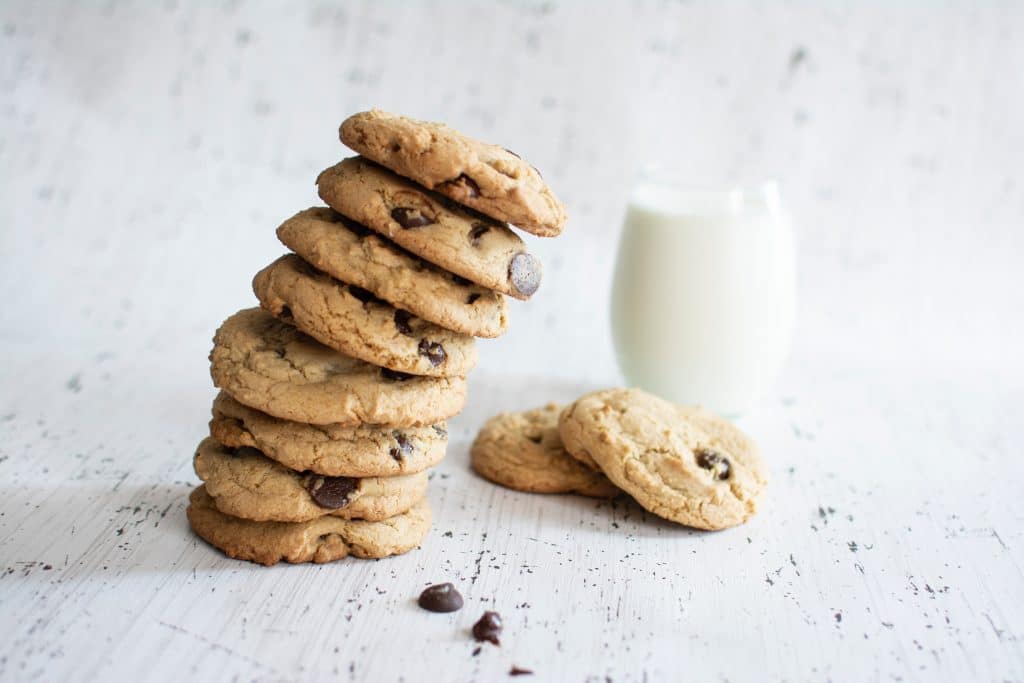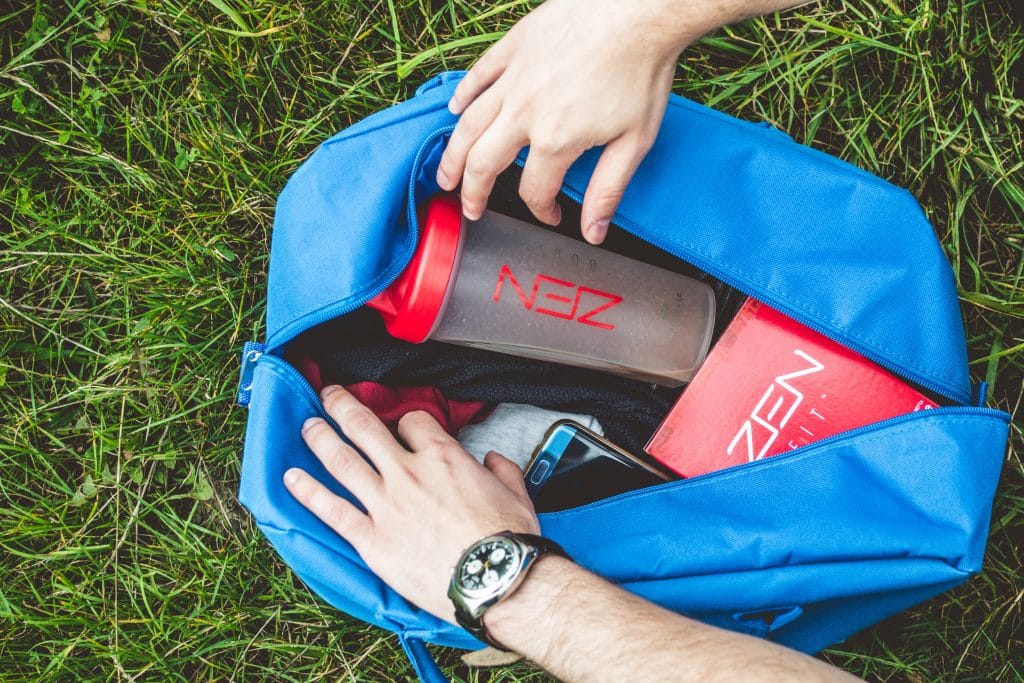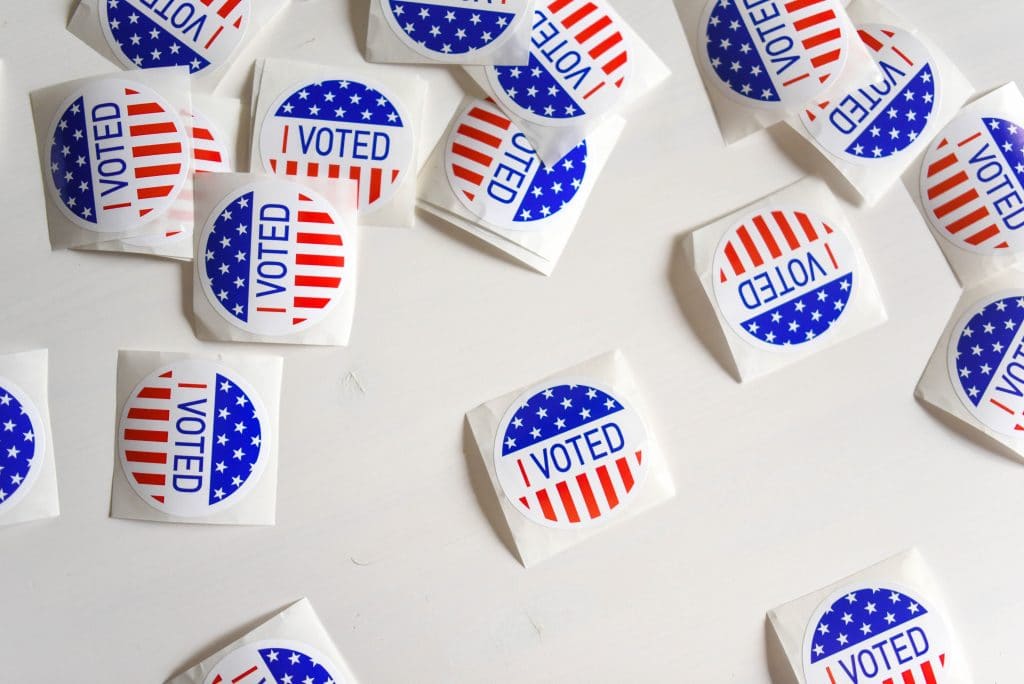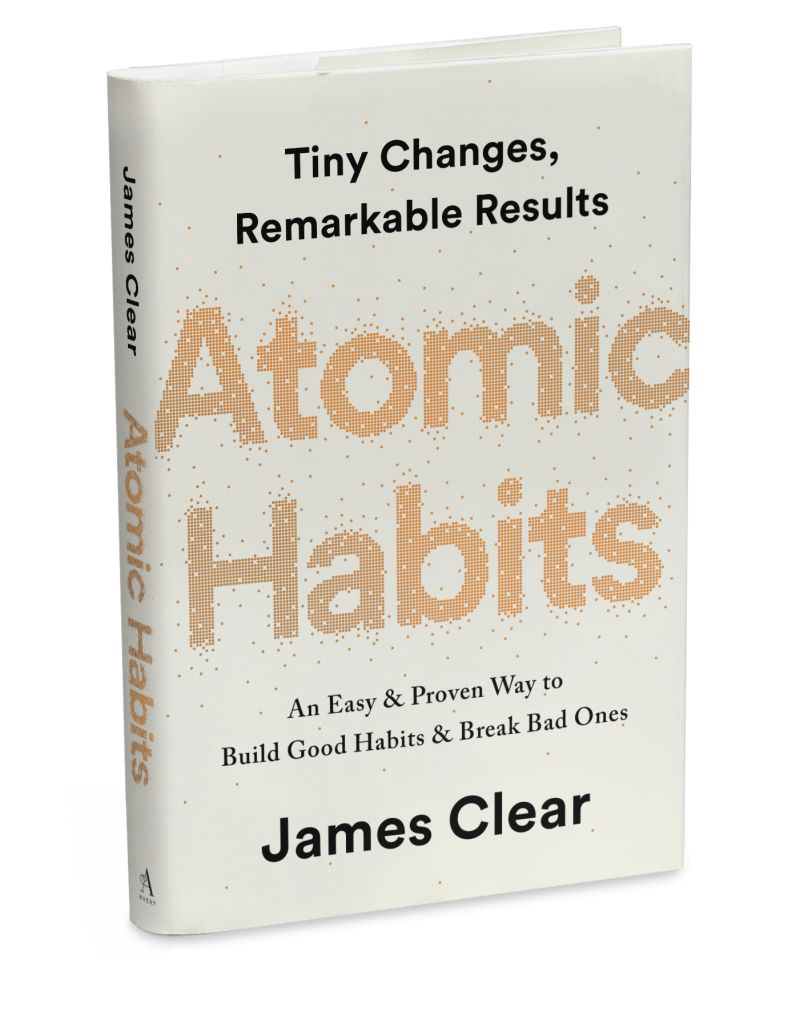“There’s nothing you can’t do if you get the habits right.” -Charles Duhigg
Life rarely happens in one big, spectacular, singular moment. Sure, there are moments in our lives that have a substantially greater impact than others, but a majority of what makes up our life—the good, the bad, and the ugly—are small in nature. Those small actions we take each day turn into big results in the long run. These small actions, the automatic ones we sometimes take for granted, are our habits.
Think about it: do you have to deliberately think about which shoe you put on first every morning, or each step of tying them? I’m going to assume not because having to think through each step would waste an enormous amount of time. This is partly why habits exist in the first place, because having these actions become automatic frees us up to do other things. This is where bad habits become dangerous though, because we don’t see the negative effects right away.
We don’t realize those extra cookies we eat from our cookie jar each night are slowly adding pounds onto our body.
We don’t see the benefit of saving money for retirement right away–until it’s time to retire.
We don’t see the benefit of going to the gym, so instead, we neglect our health until it’s too late.

Thankfully, if we understand the basics behind how habits work, then we can take steps to creating good habits or breaking bad habits. James Clear explains this in his book, Atomic Habits (which this three-part blog series is based off of), and it sets the foundation for changing our habits. All habits go through a four-step loop which is:
Cue > Craving > Response > Reward
A cue is what triggers the start of a habit loop—which could be a notification on your phone or noticing your gym bag by the door—that leads to a craving. A craving, or motivation to respond, has to do with how we interpret the cue. For example, one person may see the gym bag and be excited to go train, but another may see it and crave staying home instead. Next is the response, which is doing the habit. Last, is the reward we get from performing the habit.
James Clear explains this succinctly when he says,
“…the cue triggers a craving, which motivates a response, which provides a reward, which satisfies the craving and, ultimately, becomes associated with the cue.”
For example, when you see the gym bag (cue) you get excited to train (craving), which leads to going to the gym (response), and ultimately feeling better than before you went to the gym (reward).
Intertwined with habits though, and everything we do, is our identity. Who we are has an impact on what we do, and what we do has an impact on who we are. The gym bag example above is helping not only reinforce a good habit, but reinforces our identity as someone who goes to the gym; someone who is active and healthy.

Identity
“The biggest barrier to positive change at any level—individual, team, society—is identity conflict.” -James Clear
Our identity is the foundation of who we are, and it affects every aspect of our lives. I’ve spoken about identity before (which can be read here) and it’s a crucial aspect to understanding habits. All the habit tips and tricks won’t do a thing if our identity isn’t taken into account.
For example, let’s say you identify as someone who never goes to a gym or exercises. Well, now you’re fighting an uphill battle if you try to build a habit of exercise because it goes against who you are. The habit is in opposition to the identity.
The great thing about identity though, is that if we’re conscious of the type of person we are—and want to become—then we have the power to change it. Over time, are habits influence our identity if we consistently reinforce the new identity we desire.
James Clear describes this as casting votes for the identity we hope to cultivate. Are you a person who wants to make going to the gym a regular routine? Then cast that vote towards the version of you who goes to the gym. Work a full 8-hour day and rarely have time to cook? Just start by cooking one meal. It may not feel like much to cook a single healthy meal at home, but you’re casting a vote for the identity of someone who cooks healthy meals.

One final thing we must understand is that self-control (or willpower) isn’t the issue.
“If only I could resist binging on that dessert,” we might think…
Except self-control doesn’t work, and there is a better way.
Systems, Not Self-Control
“Resisting temptation does not satisfy your craving; it just ignores it.” -James Clear
If we try to succeed on willpower and self-control alone, we’ll fail. Self-control is self-limiting. Because resisting temptation is not only ineffective, as the quote alludes to, because the craving is still there, but there are simply better ways to create good habits.
We need systems, not self-control. Self-control has the potential to help at times but hinders in the long run. Systems allow us to create habits that truly last, and the systems don’t have to be complicated. In fact, James Clear uses what he calls “The Four Laws of Behavior Change” as a way to guide us towards creating better habits–or breaking bad ones.
Remember though, our identity and beliefs are the foundation of this all. If we try to force habits that are incongruent with who we believe ourselves to be, then they won’t last. We can, however, use our habits overtime to shape our identity into who we want to be.
I’ll end this blog with a challenge for you to ponder before the next blog arrives:
- What type of person do you wish to be?
- How can you cast votes for that identity?
Source:

(P.S. If you’re enjoying this blog series then I highly recommend checking out Atomic Habits)
